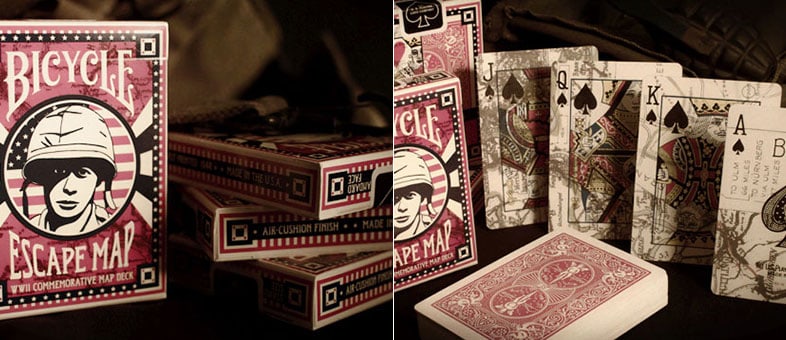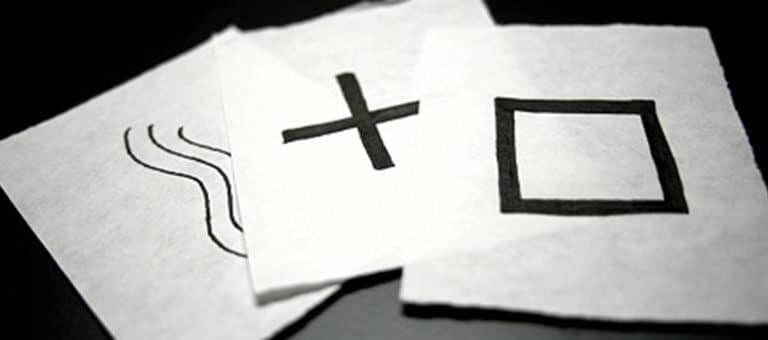Playing Cards: Espionage Is the Name of the Game
Playing cards have been a huge part of my life since childhood. I’ve used them to learn sleight of hand, enjoyed games with family, and even cheated at gambling when I’ve had the opportunity (just kidding… maybe). As a mentalist, I’ve learned to read tells to determine what cards people are thinking of.
But the history of playing cards is even more colorful than one might imagine. Did you know that these simple pieces of card stock have played a role in the serious game of espionage?
The Great Escape
One example was a project between the United States Playing Card Company and American and British intelligence on a deck of cards designed to assist allied prisoners in escaping from German POW camps in World War II.
This special deck was called the Escape Map Deck and was produced with hidden maps of top-secret escape routes embedded between the two layers of paper that comprise a standard card. By soaking them in water, the card layers could be separated to see the hidden maps with the route to safety.
These wartime decks were highly secret for several years even after the war, partly due to their potential relevance to war crimes prosecutions. It’s not known how many were produced or how many remain. In fact, there may be only one in existence, rumored to be in a private collection.
A commemorative Bicycle Escape Map Deck is available featuring original artwork on the front and back of the cards. Portions of a map are also printed over the front sides that can be assembled when the cards are arranged in order.
Secret Messages
We’ve heard of invisible ink as a means of sending secret messages, but there is another method that involves hiding words in plain sight. According to research performed by the Conjuring Arts Research Center in New York, soldiers (also in WWII) would band together and memorize the random order of a deck of playing cards. This would sometimes takes days of hard work (or more), but in the end it allowed for transmitting encrypted messages across camp.
Operatives would write a message on the edge of a deck of playing cards while it was in the known order, and then shuffle the deck multiple times, rendering the message completely unreadable. Only by placing the deck back into the correct order could the message be read.
So the next time you sit down for a quick game, or try learning a card trick, remember that those common playing cards you’ve been taking for granted all this time are actually versatile and sometimes heroic players.
REFERENCES
bicyclecards.com
wikipedia.org
cosmosmagazine.com
fouryears.eu
Kevin Viner
I’m a professional mentalist who travels the world performing. Beyond my profession, my interests include writing music, guitar, aviation, martial arts, and mathematics.






